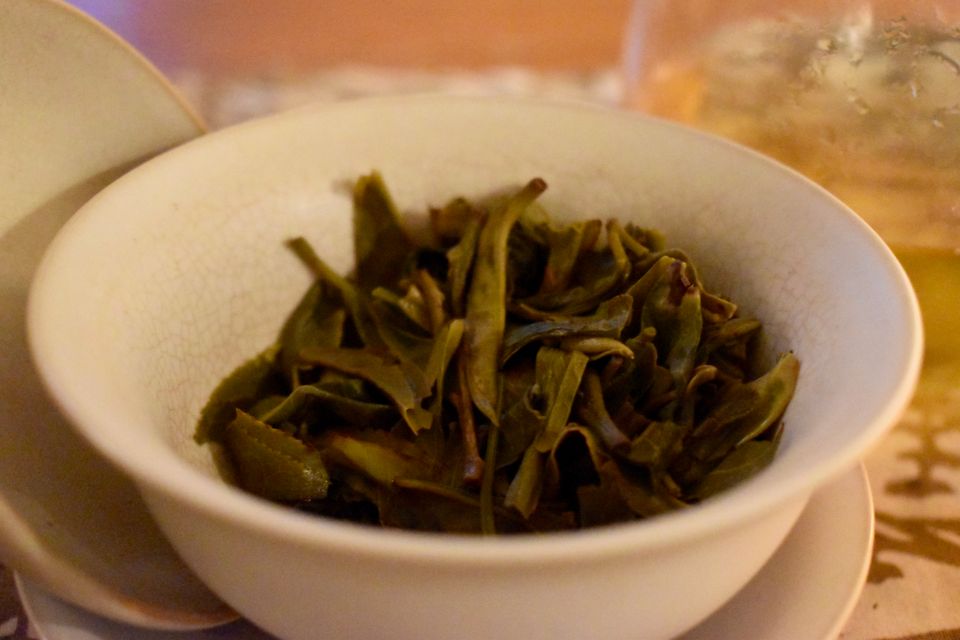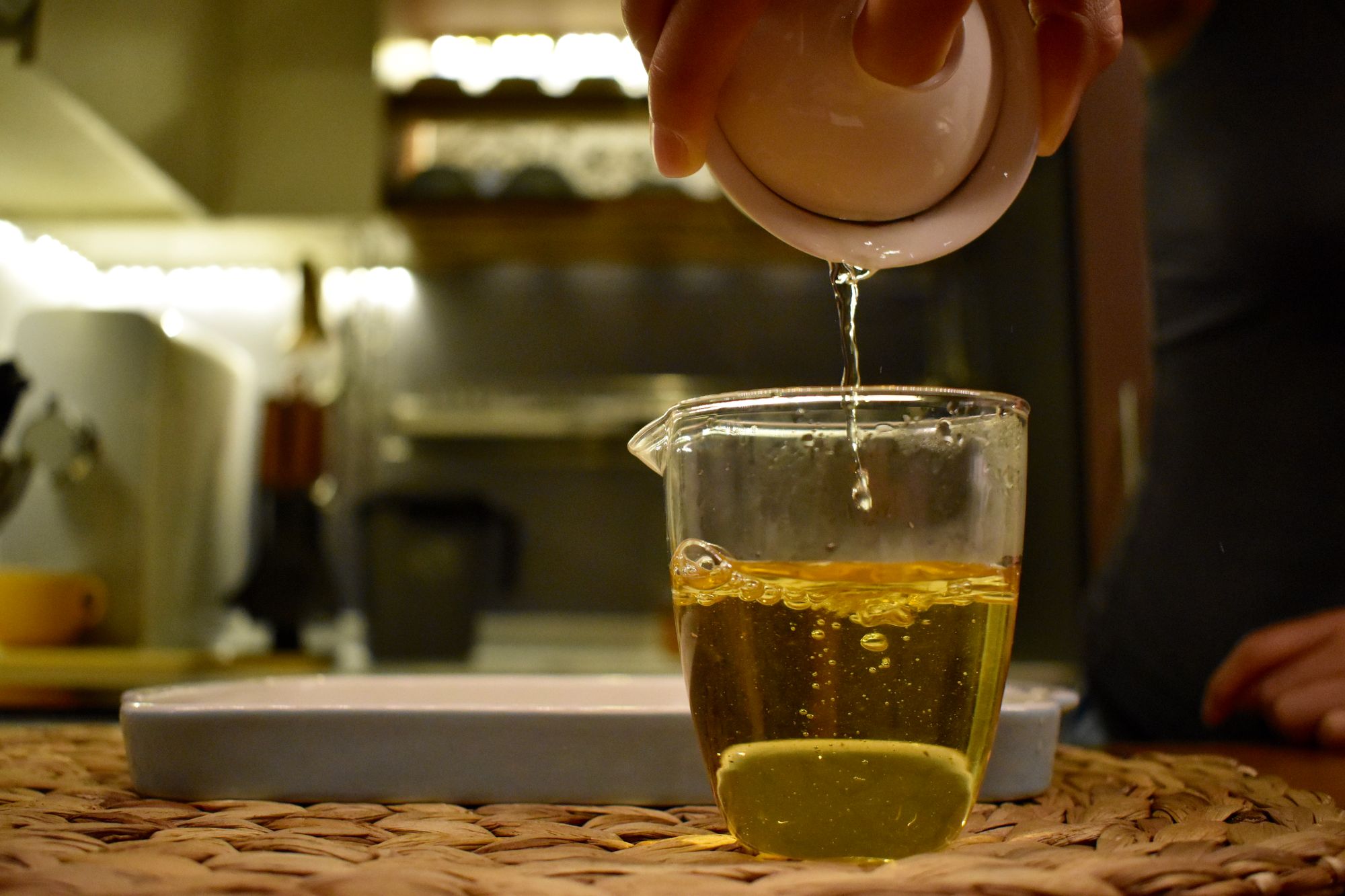Steeping Guide

Steeping Guide For Teas
“湯者,茶之司命。” - 蘇廙,唐
Boiling water is the arbiter of a tea’s destiny. - Sū Yì | Tang dynasty
Boiling water is the arbiter of a tea’s destiny. - Sū Yì | Tang dynasty
Basics:
- First and foremost, we cannot stress enough the importance of using good water. The taste of tea comes only from two things, leaves and water. Choose a water that is good to drink on its own. Most teas taste better with soft rather than hard water. We recommend using spring water, either fresh or bottled.
- There are many methods and schools of thought when it comes to brewing tea. We use an intuitive approach, which focuses on getting to know a tea through time and experience, rather than a scientific approach of following precise brewing parameters. Water temperature can be measured by feeling the steam under one’s palm rather than a thermometer. Amount of tea leaf can be measured by looking at the space it fills up in your brewing vessel rather than a scale.

Note on temperature
We generally use only 1-2 approximate temperatures for brewing hot tea:
- Very hot (~96-100 C) 🔥🔥🔥 We use this temperature for nearly all of our teas. Depending on the tea, we will make a slight adjustment to leave the lid on or off the teapot or gaiwan, for either more or less heat retention.
- Hot (~80-90 C) 🔥🔥 We use this temperature only for green tea.
Hot tea is our favorite, but as alternatives, we also recommend:
- Ambient (room temperature) brewing: Simply add the tea leaves to your water bottle. Use ~3 g of tea leaves per 500 mL water. Steep to taste (2-12 hours).
- Cold brewing: Use 4-5 g of tea leaves per 500 mL water. Steep in the refrigerator to taste (6-36 hours).
Note on how much tea to use:
Most of our teas are screened via gongfu style brewing using a high leaf to water ratio and short steep times, which selects for complexity and endurance. We recommend, loosely:
- 3-7 g of tea per 100 mL gaiwan or small teapot for gongfu style
- ~3 g of tea per mug for "bottomless mug" or large
- ~3 g of tea per cup of water for Western teapot style
Again, we encourage exploration and getting to know a tea over time, so please take our guidelines as only a starting place. Happy brewing!
